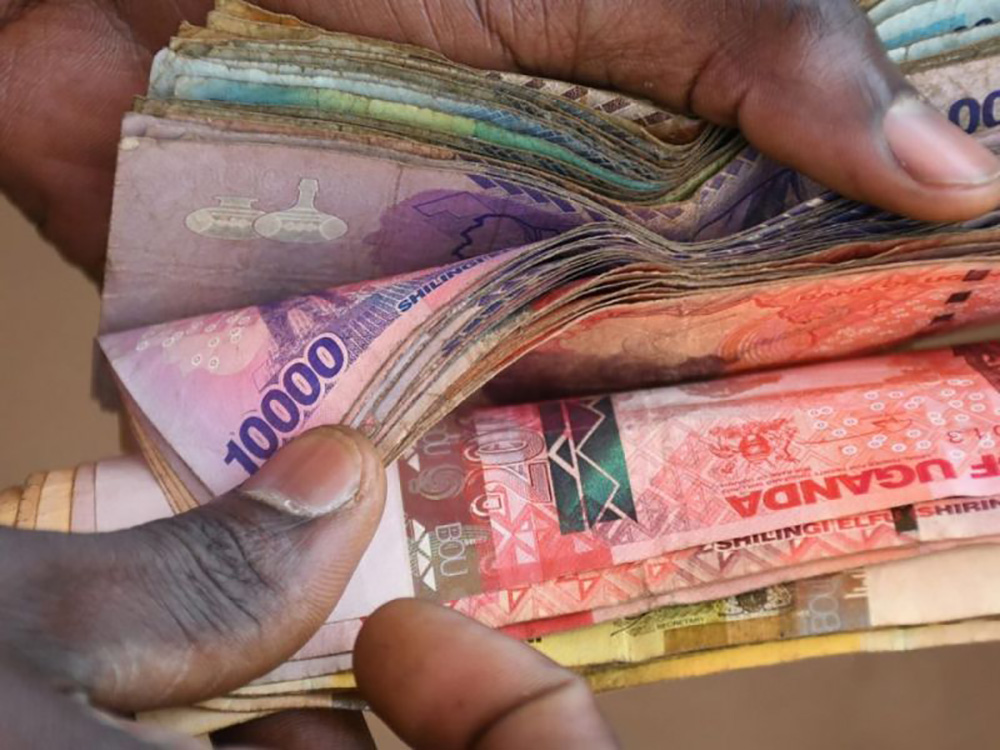The Bank of Uganda has reduced the Central Bank Rate for October to 9.75 percent following a decline in inflation.
The Deputy Governor Bank of Uganda, Michael Atingi-Ego has said they were forced to lower the interest rate from 10.0 percent in September 2024 to stimulate economic growth.
“Over the twelve months to September 2024, annual headline and core inflation both averaged 3.2%. Specifically, annual headline and core inflation decreased to 3.0% and 3.7% in September 2024, down from 3.5% and 3.9% in August 2024, respectively. Notably, inflation declined in September 2024, driven by lower oil prices and reduced food prices. The decline in core inflation was primarily attributed to a reduction in services inflation, particularly in passenger transport services,” Dr Atingi-Ego said at a press conference in Kampala on Monday.
This was mainly because of improved export earnings from coffee and gold exports, ease in effects of the global economic shocks like #Covid-19 and the war in Ukraine, the monetary policy tightening, and relative stability of the shilling against the dollar.
Dr Atingi-Ego said that considering these developments, they expect the inflation rate to remain below the target range of 5 percent and can therefore comfortably ease the Monetary Policy to enable support to private sector credit growth.
Borrowing by the private sector has been a bit suppressed, only growing by 6.8 percent over the last financial year, compared to 5.0 percent. However, BoU says that while there is this growth in the increase, it is half of the targeted growth of 13 percent.
The Deputy Governor said that their activities as well as other changes that make the economy safer going forward, have decided to reduce the rate, though cautiously.
“The MPC notes that easing of monetary policy is necessary to keep inflation on track while supporting socio-economic transformation. Any additional changes to the policy rate will continue to rely upon the incoming data and the evolving assessment of risks to guide its decisions,” he said.
Some of the reasons for the low credit uptake are the high interest rates that average 21 percent while the prime lending rates remain at 17 percent, despite public and government outcry.
However, Dr Atingi-Ego says that there remain some risks that could trigger a renewed rise in the inflation rate, including possible effects of the escalation of the geo-political tensions in the Middle East and a rise in agricultural prices, and imported inflation, among others.







